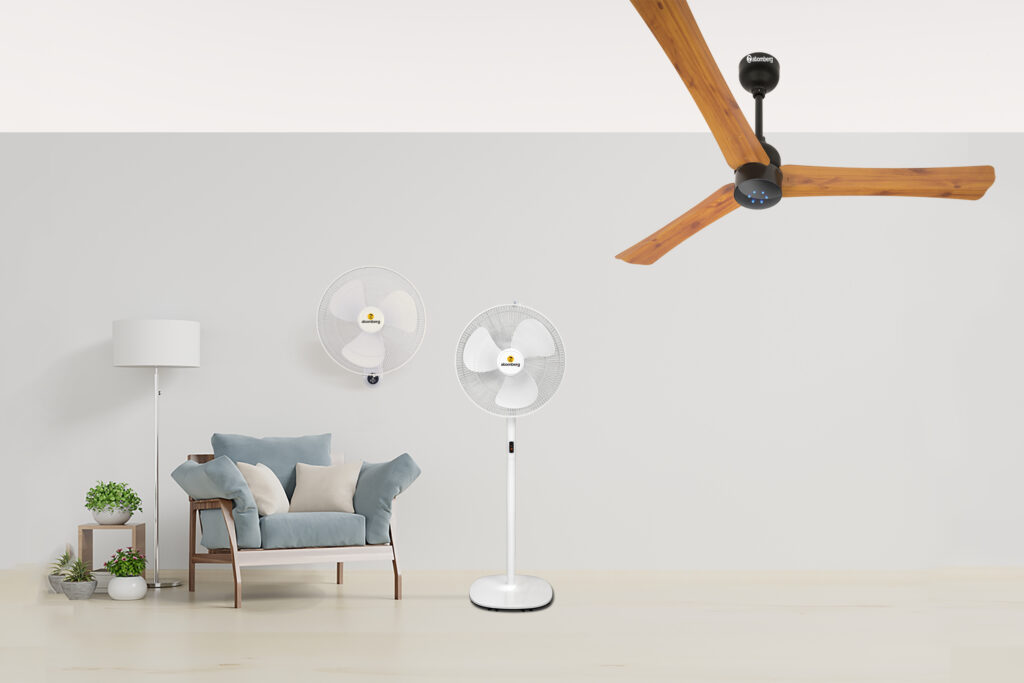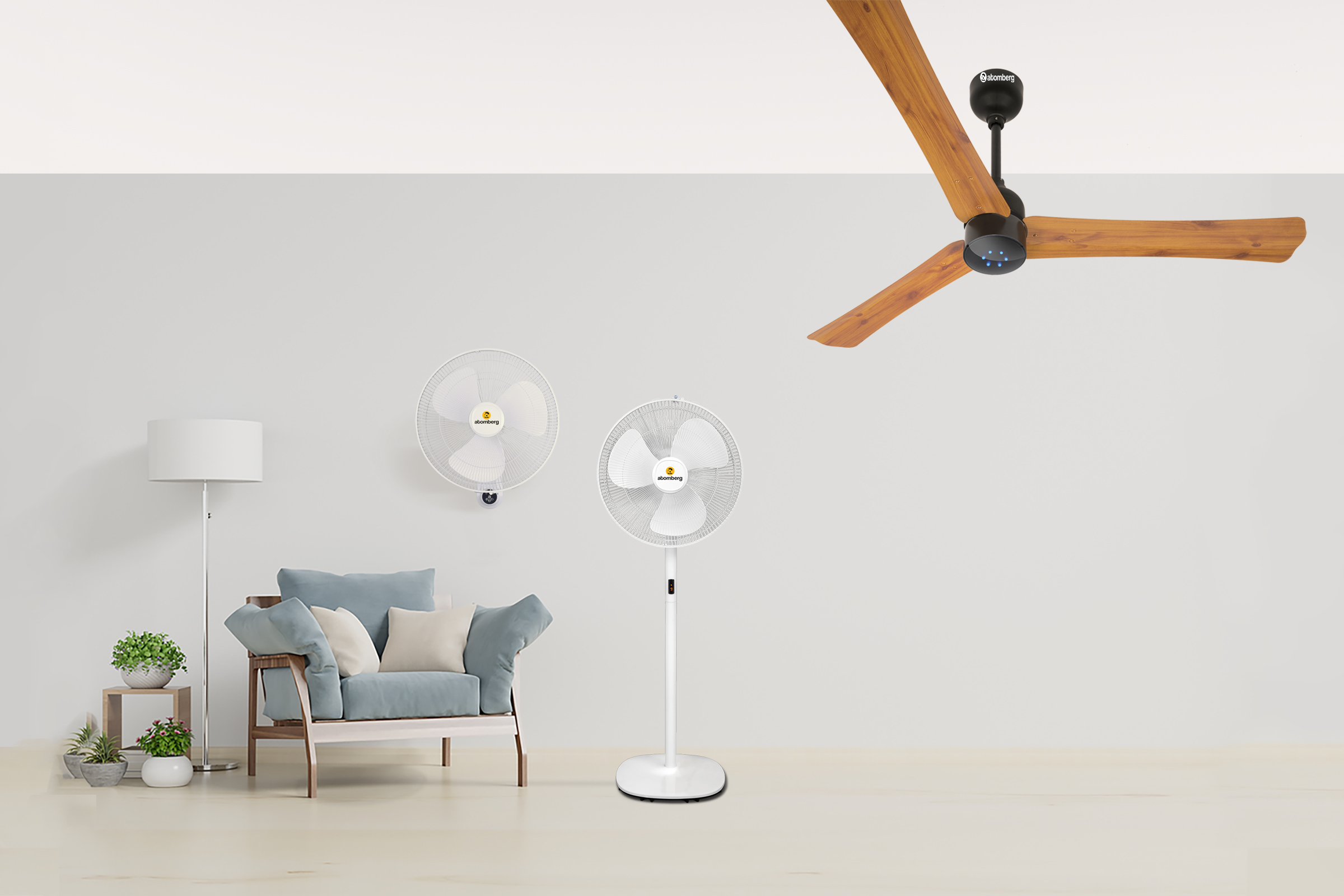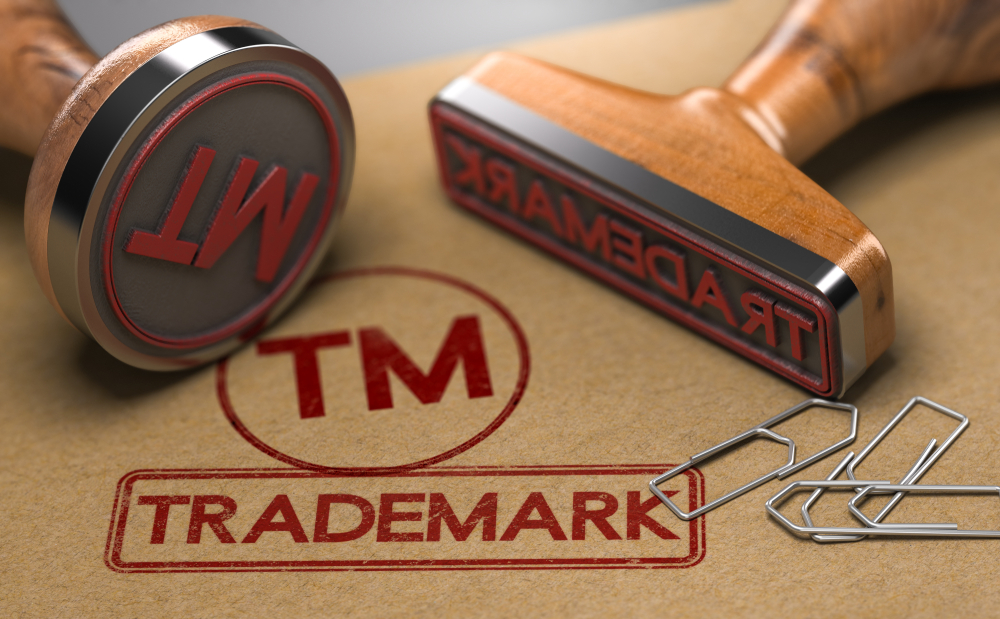Introduction
In a recent ruling dated 25 July 2025, the Bombay High Court dismissed an appeal filed by Atomberg Technologies Pvt. Ltd. against the refusal of an interim injunction in a design infringement and passing off suit against Luker Electric Technologies Pvt. Ltd. Atomberg had alleged that Luker’s ceiling fans under the “Size Zero” label infringed its registered design for the Renesa fan and sought interim relief. The High Court upheld the decision of the Single Judge, who had earlier refused interim injunction on the grounds that Atomberg’s design lacked novelty and was already in the public domain before registration. The case raised interesting questions about prior publication, distinctiveness under the Designs Act, and the evidentiary standard required for interim injunctions in design cases.
Facts of the Case
Atomberg Technologies, a manufacturer of ceiling fans since 2015, began online sales in 2016 and entered the retail market by 2018. The design for its “Renesa” ceiling fan was created in September 2018 by its directors and registered on 8 September 2018 under the Designs Act, 2000 (Reg. No. 309694 in Class 23-04). Initially, Atomberg used two house-marks, “Atomberg” and “Gorilla”, but later discontinued the use of “Gorilla”.
In February 2021, a deed of assignment was executed by the directors in favour of Atomberg, affirming its proprietary rights in the design. Atomberg claimed the Renesa fan gained immense popularity due to its unique design and aesthetic appeal, with a reported turnover of over ₹103 crore for 2021–2022.
In March 2022, Luker Electric obtained design registration for two ceiling fans named Size Zero Fan 1 and Size Zero Fan 2. When Atomberg discovered these registrations in September 2022 through caveats filed by Luker, it filed a Commercial IP Suit in the Bombay High Court, alleging infringement and passing off. Atomberg sought interim relief by way of injunction to restrain Luker from manufacturing or selling the impugned fans.
The Single Judge dismissed the interim application on 5 June 2023, holding that Atomberg’s design was not new, had been disclosed before registration, and failed to satisfy the tests for design infringement and passing off. Aggrieved, Atomberg filed a Commercial Appeal.
Atomberg’s Argument
Atomberg argued that the Single Judge erred in treating certain earlier designs, including the Renesa+ and Gorilla Renesa fans, as identical to the suit design. According to Atomberg, these were visually distinct products and could not amount to prior publication under the Designs Act. It was submitted that features such as the motor canopy, blade curvature, and aesthetic shape were novel and contributed to the overall distinctiveness of the Renesa design.
Atomberg relied on paragraph 10 of its plaint, where the design was described in detail, and emphasised that no combination of these elements existed in the market before the design’s registration. It cited the Bombay High Court’s decision in Videocon Industries Ltd. v. Whirlpool of India Ltd., 2012 SCC OnLine Bom 1171, to argue that aesthetic improvements aimed at making a product more appealing to consumers are sufficient to claim novelty under the Designs Act.
Atomberg also argued that the Single Judge had wrongly applied the defence of “functionality” and failed to appreciate that the features in question were primarily aesthetic. Regarding passing off, Atomberg contended that the requirement of proving “something more” than design similarity was wrongly invoked, and that it had placed enough material on record to show consumer association with the Renesa fan. The refusal of interim injunction, it submitted, would lead to irreparable loss and dilution of its rights.
Luker Electric’s Arguments
Luker Electric opposed the appeal by asserting that Atomberg’s design had been published in the public domain prior to its registration. Luker submitted multiple documents including social media posts, delivery challans dated February 2018, and invoices from March to May 2018 indicating that the Renesa or similar fans had already been sold before 8 September 2018. Luker also pointed out that Atomberg itself referred to the “Gorilla Renesa” fan in its plaint, which indicated that the names were used interchangeably.
Luker contended that the design lacked novelty and was merely a “trade variant” of Atomberg’s existing products, thereby failing the test under Section 4(c) of the Designs Act, 2000. It also relied on Section 4(b), which bars registration of designs that have been disclosed to the public before the date of filing.
In the context of passing off, Luker argued that the packaging, branding, and presentation of its fans were materially different from Atomberg’s products. It submitted that mere similarity in product shape was not sufficient, and the threshold of “something more” had not been met by Atomberg. In support of its case, Luker cited Crocs Inc. USA v. Bata India & Ors., (2019) SCC OnLine Del 11956, to show that generic product features cannot be monopolised, Mohan Lal v. Sona Paint & Hardware, 2013 SCC OnLine Del 1980, to argue that design infringement and passing off are separate causes of action, and Cadila Health Care Limited v. Cadila Pharmaceuticals Ltd., (2001) 5 SCC 73, to emphasise that even in cases of deceptive similarity, courts must consider overall consumer impression and the likelihood of confusion.
Court’s Decision
The Division Bench of the Bombay High Court dismissed Atomberg’s appeal and upheld the Single Judge’s reasoning. The Court found that Atomberg’s design had indeed been disclosed before its registration date and that it bore significant resemblance to its earlier models, including the Gorilla Renesa fan. The Court observed that Atomberg had not disclosed these materials in its plaint and had failed to demonstrate how the registered design was substantially distinguishable from its earlier variants.
Referring to the Supreme Court’s landmark decision in Wander Ltd. v. Antox India Pvt. Ltd., 1990 (Supp) SCC 727, and reaffirmed in Ramakant Ambalal Choksi v. Harish Ambalal Choksi, 2024 SCC OnLine SC 3538, the Court held that appellate courts will not interfere with a trial court’s discretion unless the findings are perverse or contrary to settled law. In this case, no such error was found. The appellate court also cited Shyam Sel & Power Ltd. v. Shyam Steel Industries Ltd., (2023) 1 SCC 634, to reiterate that the trial court’s factual findings must be respected unless clearly flawed.
Regarding design registration, the Court held that Sections 4(b) and 19(b) of the Designs Act were applicable. Since Atomberg’s own advertisements and product catalogues predated the registration, the design could not be said to be novel. The Court noted that the use of different names (Atomberg vs. Gorilla) did not change the visual identity of the fan, and the impression created was that the designs were already in the public domain.
On passing off, the Court concluded that Atomberg failed to show the necessary association in the minds of consumers and did not demonstrate “something more” beyond the similarity of product shape. The Single Judge’s reliance on Kemp & Company v. Prima Plastics Ltd., (1998) SCC OnLine Bom 437, was upheld.
Conclusion
This decision reiterates important principles under the Designs Act, 2000, especially in the context of prior publication and novelty. It is a reminder that courts will closely scrutinise the history of a design’s disclosure before granting relief, particularly at the interim stage. For IP owners, the case highlights the importance of maintaining clear timelines, avoiding contradictory public records, and ensuring that legal pleadings fully disclose relevant facts.
The judgment also clarifies the limited scope of appellate interference in interim matters. Unless the lower court’s findings are clearly unreasonable or legally flawed, appellate courts will be slow to interfere. Atomberg’s case ultimately failed because it could not demonstrate that its registered design was sufficiently new or that Luker’s product created confusion beyond mere resemblance.
For businesses relying on design registrations, this case is a timely caution that a design must not only be registered but also demonstrably original, with no overlap, actual or perceived, with earlier disclosures.





